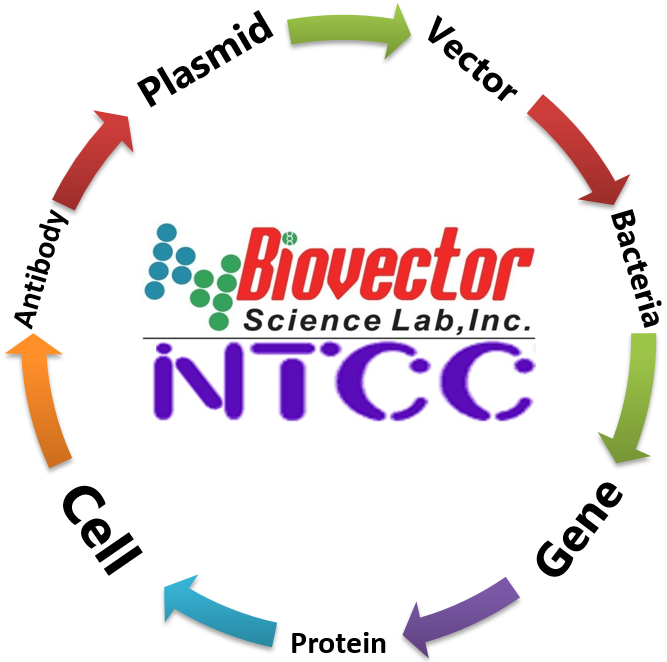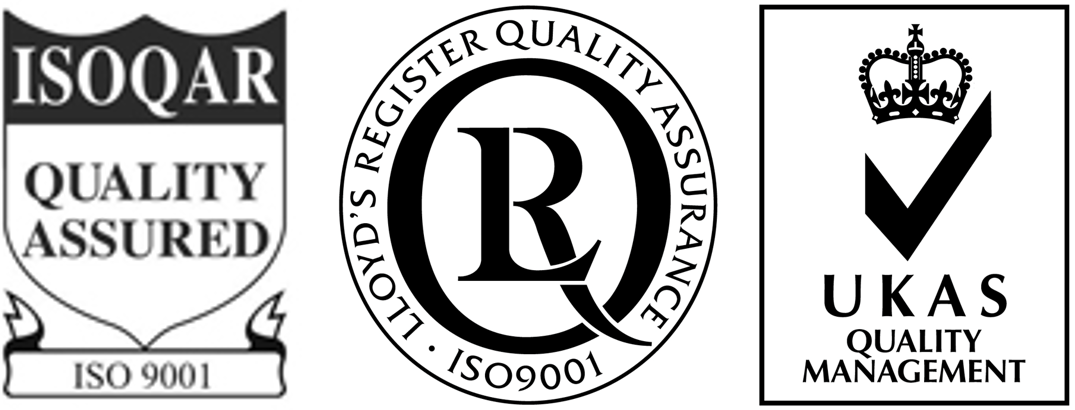γ-Retroviral Packaging Systems.γ-Retrovirus Guide逆转录病毒包装系统质粒载体细胞株 BioVector
- 价 格:¥98635
- 货 号:γ-Retroviral Packaging System
- 产 地:北京
- BioVector NTCC典型培养物保藏中心
- 联系人:Dr.Xu, Biovector NTCC Inc.
电话:400-800-2947 工作QQ:1843439339 (微信同号)
邮件:Biovector@163.com
手机:18901268599
地址:北京
- 已注册
γ-Retroviral Packaging Systems.γ-Retrovirus Guide逆转录病毒包装系统质粒载体细胞株<br/></br>γ-Retroviral Packaging Systems
The widespread use of γ-retroviruses (gamma-retroviruses) in cancer and stem cell research has prompted the development of multiple virus packaging methods. Across these methods, the followimg components are needed:</br>γ-Retroviral transfer plasmid encoding a transgene, sgRNA, or shRNA of interest: The transgene sequence is flanked by long terminal repeat (LTR) sequences, which facilitate integration of the transfer plasmid sequences into the host genome. Typically it is the sequences between and including the LTRs that is integrated into the host genome upon viral transduction. Most transfer plasmids available from BioVector were drived from MoMLV (Moloney Murine Leukemia Virus) or MSCV (Murine Stem Cell Virus) sequences.
Packaging genes (viral Gag-Pol): Gag is a structural precursor protein, and Pol is a polymerase.
Envelope gene (may be pseudotyped to alter infectivity): The use of the VSV-G envelope provides the widest tropism or range of cells a virus can infect.
structure of retroviral plasmid system
Overview of Retroviral Plasmid System
Note: While both lentiviruses and γ-retroviruses use the same gene products for packaging (i.e., Gag, Pol, and Env), the isoforms of these proteins, as well as the viral LTRs, differ. As a result, lentiviral and γ-retroviral packaging plasmids are not interchangeable. General envelope plasmids, such as VSV-G, however, may be used across both systems.</br>Please see our Biosafety page for information on working with retrovirus.</br>Packaging using 293T cells
This method is very similar to lentiviral packaging methods. The three components described above (envelope, packaging, and transfer) are supplied by three types of plasmids, which are cotransfected into the 293T packaging cell line. This system provides the greatest flexibility to pseudotype γ-retrovirus using different envelopes to modify tropism. Briefly, different envelope plasmids can direct the production of virus with various tropisms.</br>Packaging using helper-free packaging cell lines
This method utilizes a packaging cell line that stably expresses Gag-Pol and/or Env, eliminating the need to deliver these genes in trans by specific plasmids. This method, therefore, reduces the number of plasmids that are required in the transfection step of the viral packaging cell line. For example, Phoenix, a second generation γ-retrovirus packaging cell line developed by Garry Nolan at Stanford contains Gag-Pol and either an ecotropic envelope, Phoenix-ECO, (for infection of mouse and rat cells), or an amphotropic envelope, Phoenix-AMPHO (for the infection of mammalian cells.) Using this system, virus is produced in just a few days. Another variant, Phoenix-gp, contains only Gag-Pol and enables additional flexibility in pseudotyping.</br>diagram of retrovirus production
Retroviral Packaging Methods
Return to Top
Frequently Asked Questions (FAQ) about γ-Retroviral Plasmids
How do engineered γ-retroviruses differ from lentiviruses?
There are a few important differences between engineered γ-retroviruses and lentiviruses. First, these viruses were derived from different genomes (MoMLV and MSCV for γ-retrovirus; HIV for lentivirus). Additionally, γ-retroviruses can only transduce dividing cells because they are only able to enter the nucleus during mitotic breakdown of the nuclear envelope. Lentiviruses can transduce both dividing and non-dividing cells because once in the host cell cytoplasm, the viral componentes are small enough to enter the nucleus through nuclear pore complex. This feature may be useful for the transduction of terminally differentiated (non-dividing) cells.</br>Both lentiviruses and standard γ-retroviruses use the Gag, Pol, and Env genes for packaging; however, they are different viruses and thus use slightly different isoforms of these packaging components. Therefore, lentiviruses may not be efficiently packaged by γ-retroviral packaging systems, and vice versa. Envelope plasmids may be used interchangeably.</br>For more information about lentivirus, please read our lentivirus guide.</br>Are γ-retroviruses replication incompetent?
Yes, as with lentiviruses, the genes required for γ-retroviral packaging and transduction are not encoded by the transfer plasmid, but instead are provided in trans by other plasmids or the packaging cell line. γ-retroviruses can transduce target cells, but the transduced target cell does not produce additional virus.</br>Are there various generations of γ-retrovirus technologies?
No, the different “generations” associated with lentiviral transfer plasmids are determined by the presence/absence of Tat, a protein found only in lentivirus.</br>Are γ-retroviruses self-inactivating (SIN)?
They can be. Plasmids that encode SIN γ-retrovirus lack most of the U3 region of the 3’ LTR and are primarily used in gene therapy research to reduce promoter interference and/or drive high expression of a transgene from an internal promoter. An internal promoter must be included as the wildtype LTR promoter is no longer present in these constructs.</br>Why do many γ-retroviral plasmids have similar names?
The nomenclature of the plasmid backbone is meant to be descriptive of the components found within the backbone. For example: pLXSN has the wild type LTR, an MCS for cloning X gene, an SV40 promoter, and Neomycin selection.</br>Return to Top
Glossary
Plasmid Type Element On Same Plasmid as Transgene? Purpose
Envelope VSVG in trans Vesicular somatitis virus G glycoprotein; Broad tropism envelope protein; Pseudotyped to alter infectivity.
Packaging Gag in trans Precursor structural protein of the retroviral particle containing Matrix, Capsid, and Nucleocapsid components.
Pol in trans Precursor protein containing Reverse Transcriptase and Integrase components.
Transfer cPPT in cis Central polypurine tract; recognition site for proviral DNA synthesis. Increases transduction efficiency and transgene expression.
Psi (Ψ) in cis RNA target site for packaging by Nucleocapsid.
WPRE in cis Woodchuck hepatitis virus post‐transcriptional regulatory element; sequence that stimulates the expression of transgenes via increased nuclear export.
LTR
Subcomponents:</br>U3
R
U5
in cis LTR; Long terminal repeats; U3-R-U5 regions found on either side of a retroviral provirus (see below). Cloning capacity between the LTRs is ∼8.5kb, but inserts bigger than ∼3kb are packaged less efficiently.
Subcomponents:
U3; Unique 3'; region at the 3' end of viral genomic RNA (but found at both the 5' and 3' ends of the provirus). Contains sequences necessary for activation of viral genomic RNA transcription.</br>R; Repeat region found within both the 5' and 3' LTRs of retro/lentiviral plasmids.</br>U5; Unique 5'; region at the 5' end of the viral genomic RNA (but found at both the 5' and 3' ends of the provirus).</br>5' LTR in cis Acts as an RNA pol II promoter. The transcript begins, by definition, at the beginning of R, is capped, and proceeds through U5 and the rest of the provirus.
3' LTR in cis Terminates transcription started by 5' LTR by the addition of a poly A tract just after the R sequence.<br/></br>Supplier来源:BioVector NTCC Inc.<br/>TEL电话:+86-010-53513060<br/>Website网址: http://www.biovector.net
- 公告/新闻




